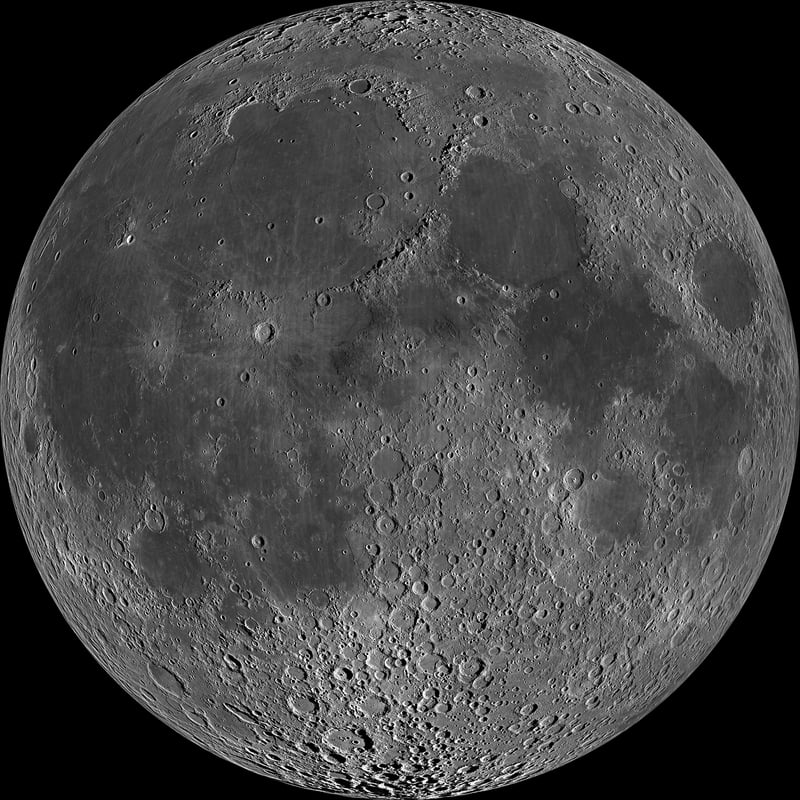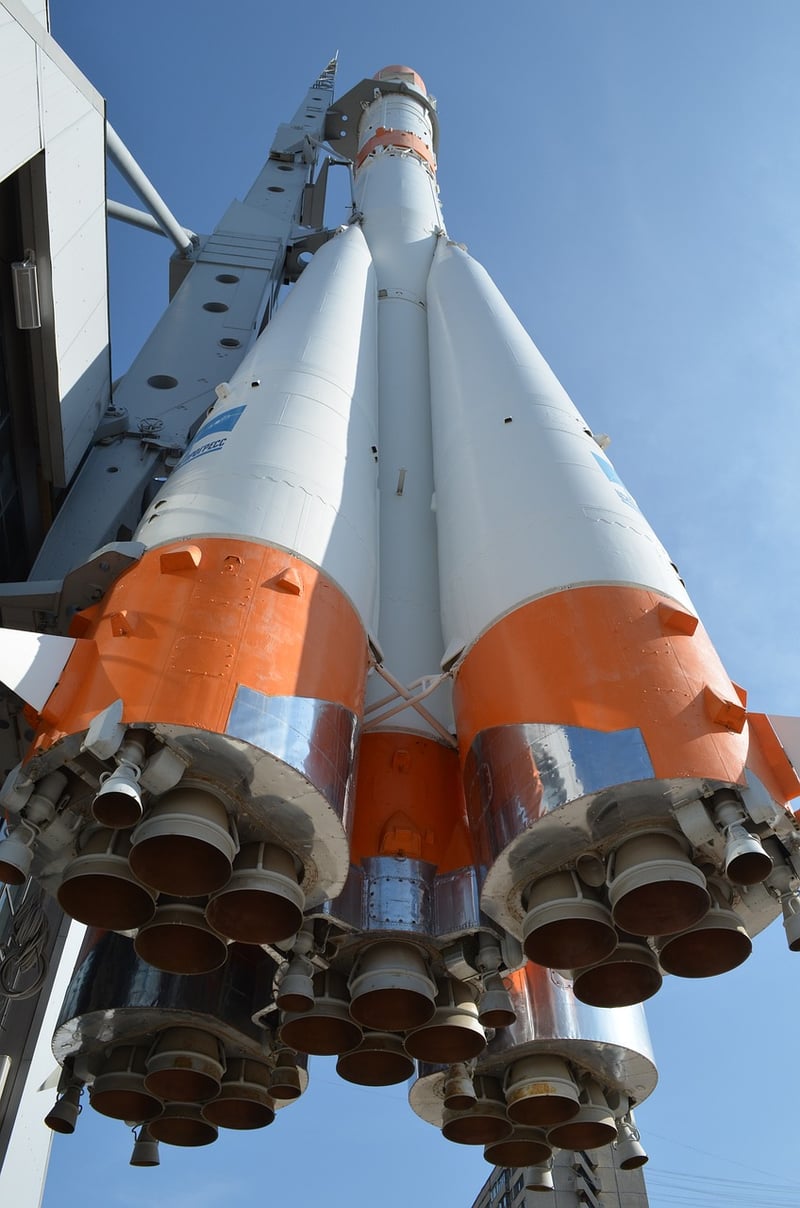Quantum Propulsion
Exploring the Future: Advancements in Space Science and Quantum Propulsion
Space exploration has always been a fascinating subject, capturing the imagination of scientists, researchers, and the general public alike. With advancements in space science and technology, our understanding of the universe continues to expand, paving the way for exciting possibilities in the realm of space travel.
The Role of Quantum Propulsion
One of the most intriguing developments in space propulsion is the concept of quantum propulsion. Quantum propulsion involves harnessing the principles of quantum mechanics to propel spacecraft at speeds that were once thought to be impossible.
Key Benefits of Quantum Propulsion:
- Increased Speed: Quantum propulsion systems have the potential to propel spacecraft at speeds approaching the speed of light, enabling faster travel across vast cosmic distances.
- Efficiency: By leveraging quantum effects, propulsion systems can operate with greater efficiency, reducing the need for large amounts of fuel.
- Exploration of Deep Space: Quantum propulsion opens up new possibilities for exploring distant planets, moons, and even other star systems within a reasonable timeframe.
Recent Breakthroughs in Space Science
Recent advancements in space science have revolutionized our understanding of the cosmos and brought us closer to realizing long-held space exploration goals. Some notable breakthroughs include:
1. Exoplanet Discoveries
Scientists have identified thousands of exoplanets orbiting distant stars, some of which may harbor conditions conducive to life. These discoveries have expanded our knowledge of planetary systems beyond our own.
2. Interstellar Missions
Advancements in propulsion technology have made the concept of interstellar missions more feasible. Projects like Breakthrough Starshot aim to send tiny spacecraft to neighboring star systems at a fraction of the speed of light.
3. Space Telescopes
Space telescopes like the Hubble Space Telescope and the James Webb Space Telescope have provided stunning images of distant galaxies, nebulae, and other cosmic phenomena, enhancing our understanding of the universe.
Looking Ahead
As we look to the future, the combination of advancements in space science and the potential of quantum propulsion holds great promise for the exploration of space. From missions to distant exoplanets to the eventual colonization of other worlds, the possibilities are as vast as the universe itself.
Exciting times lie ahead as we continue to push the boundaries of human knowledge and technological capabilities in our quest to unravel the mysteries of the cosmos.


Join us on this incredible journey of discovery as we reach for the stars and beyond!
For more information on space science and quantum propulsion, visit NASA's official website.
